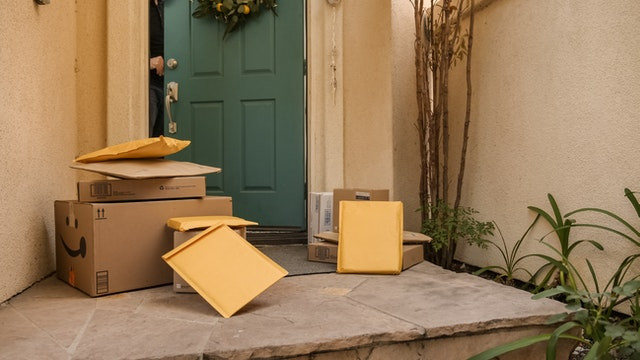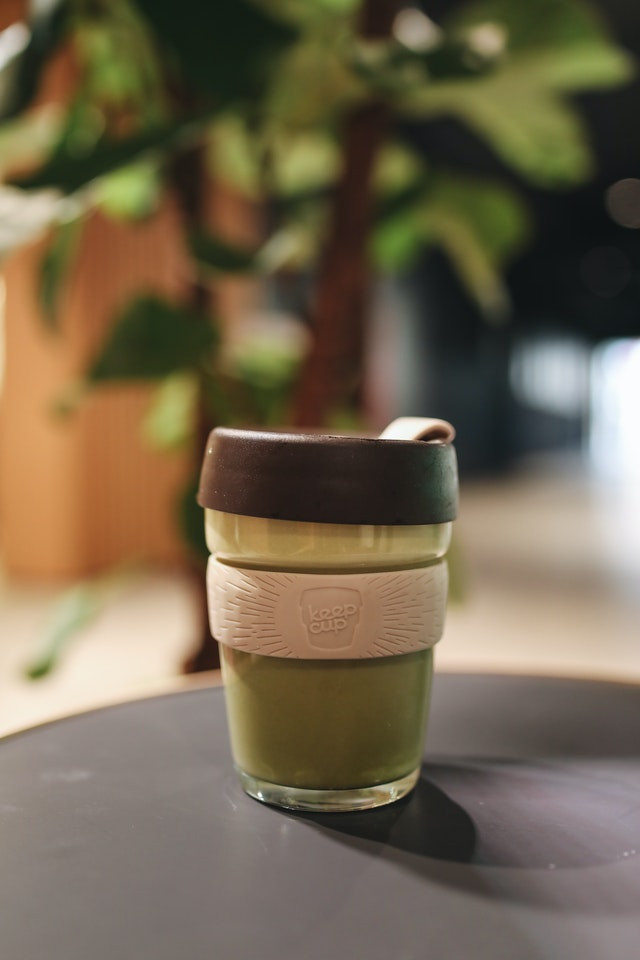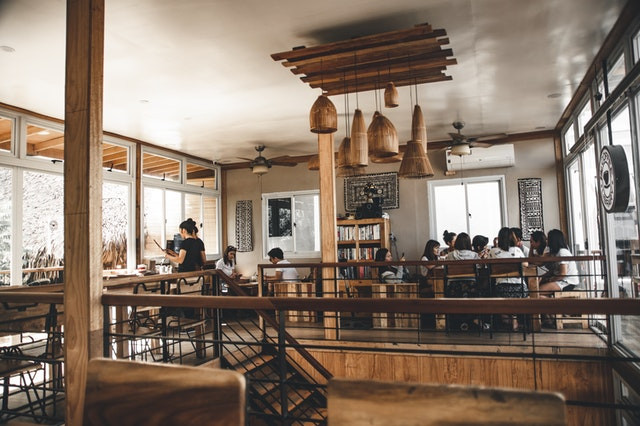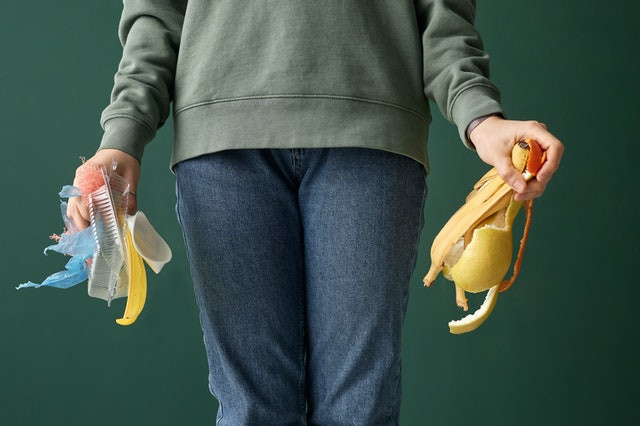29th Jan 2020
The last few decades have seen the global packaging industry transformed. 2019 was characterised by several emerging packaging trends, which have caused packaging to consist of more than simply containers for the process of transport and sale of an item. Packaging today is one of the most essential elements for product design, branding, marketing, and user experience. As a result, several conflicting trends have grown. Here, we look at ways that… Read more
28th Jan 2020
Picture this. You travel to a different country, or maybe only a different city or town, to find that the plastic-free movement so prevalent at home has not yet reached here. There are no water refill stations: you are expected to buy water in plastic bottles. What is described as a 'bulk food' shop only provides plastic pouches to put the bulk food in. Supermarkets give out plastic carry bags willy-nilly and disposable cups are the only option f… Read more
17th Jan 2020
By joining the compost revolution, cafes have cut their waste bills and made a difference in their community. By joining the composting revolution, small cafes have each saved over 100 tonnes of organic waste yearly from landfill and diverted over 200 tonnes of CO2 emissions. This also means cafes can compost their juice containers, straws, cutlery, napkins, and takeaway food containers. Sustainability no longer means sacrificing convenience. By… Read more
Out there in the market, you might see products with these labels on them. But what do they mean? And are they always used correctly? (Spoiler alert: they're not.) Well, here we have gathered information to explain the difference between compostable, biodegradable, and degradable in relation to (bio)plastics.
Compostable
Compostable plastic will biologically degrade in a compost site. Compostable plastic is capable of biological decompositio… Read more




